Mazda Announces New CX-5 for Europe, with Global Launch in 2026
Mazda reaffirms its plan to sell the CX-5 and CX-50 side by side in its compact SUV lineup, with the new CX-5 arriving in the U.S. in 2026.
July 10th, 2025
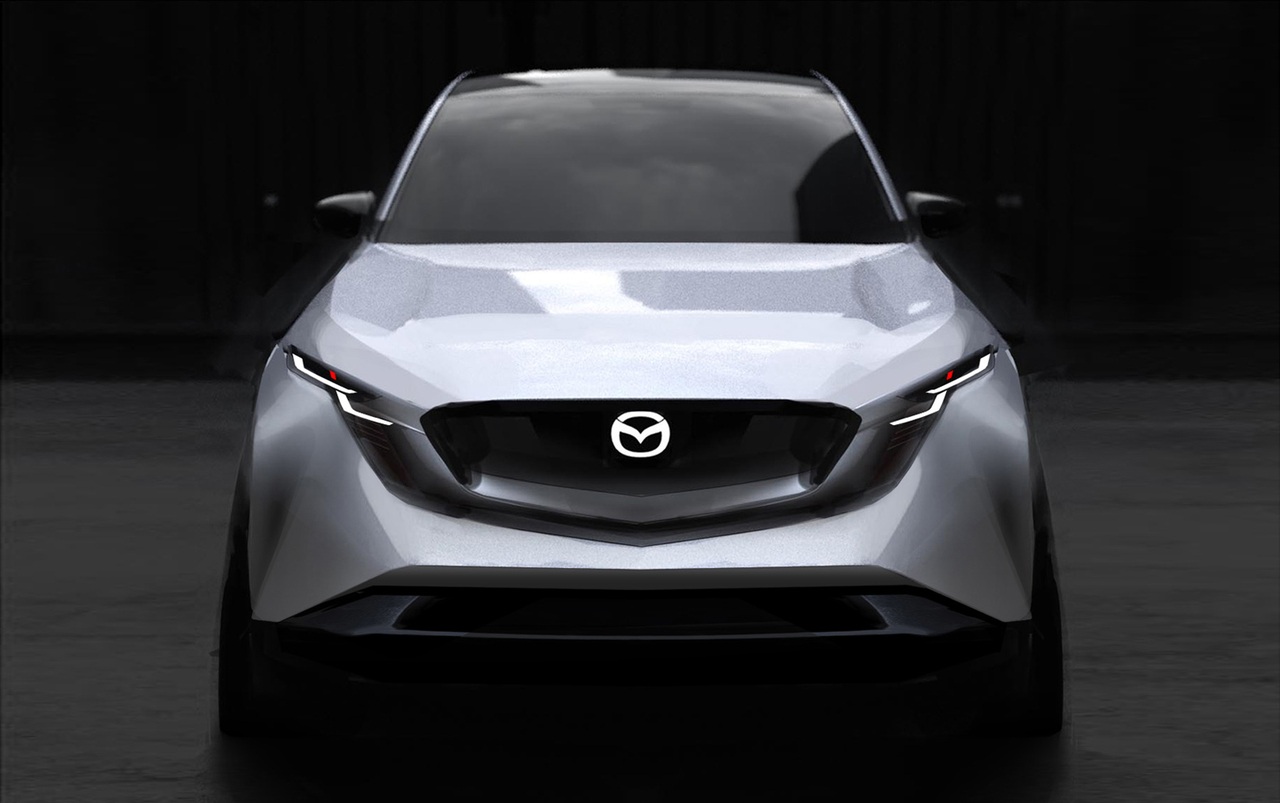

On July 10, 2025, Mazda introduced the all-new third-generation CX-5 for the European market, confirming that the model will arrive in showrooms by late 2025, with a broader global rollout expected in 2026. This updated CX-5 showcases Mazda's signature KODO – Soul of Motion design, an enhanced e-SKYACTIV G 2.5 gas engine with M-Hybrid mild hybrid technology, a more spacious and refined interior, advanced HMI connectivity (including Google-powered infotainment), and an upgraded Advanced Driver Assistance Systems (ADAS) suite (Press Release). A full hybrid version is also in the works and is expected to debut in 2027. Notably, unlike the CX-50, the upcoming hybrid CX-5 will not use Toyota’s hybrid system, indicating Mazda’s intention to pursue a more independent electrification path.
While some had speculated that Mazda might phase out the CX-5 in favor of newer offerings like the CX-50, the company has instead reaffirmed the CX-5's relevance, particularly in Europe. The decision may reflect broader strategic considerations, which are explored further below.
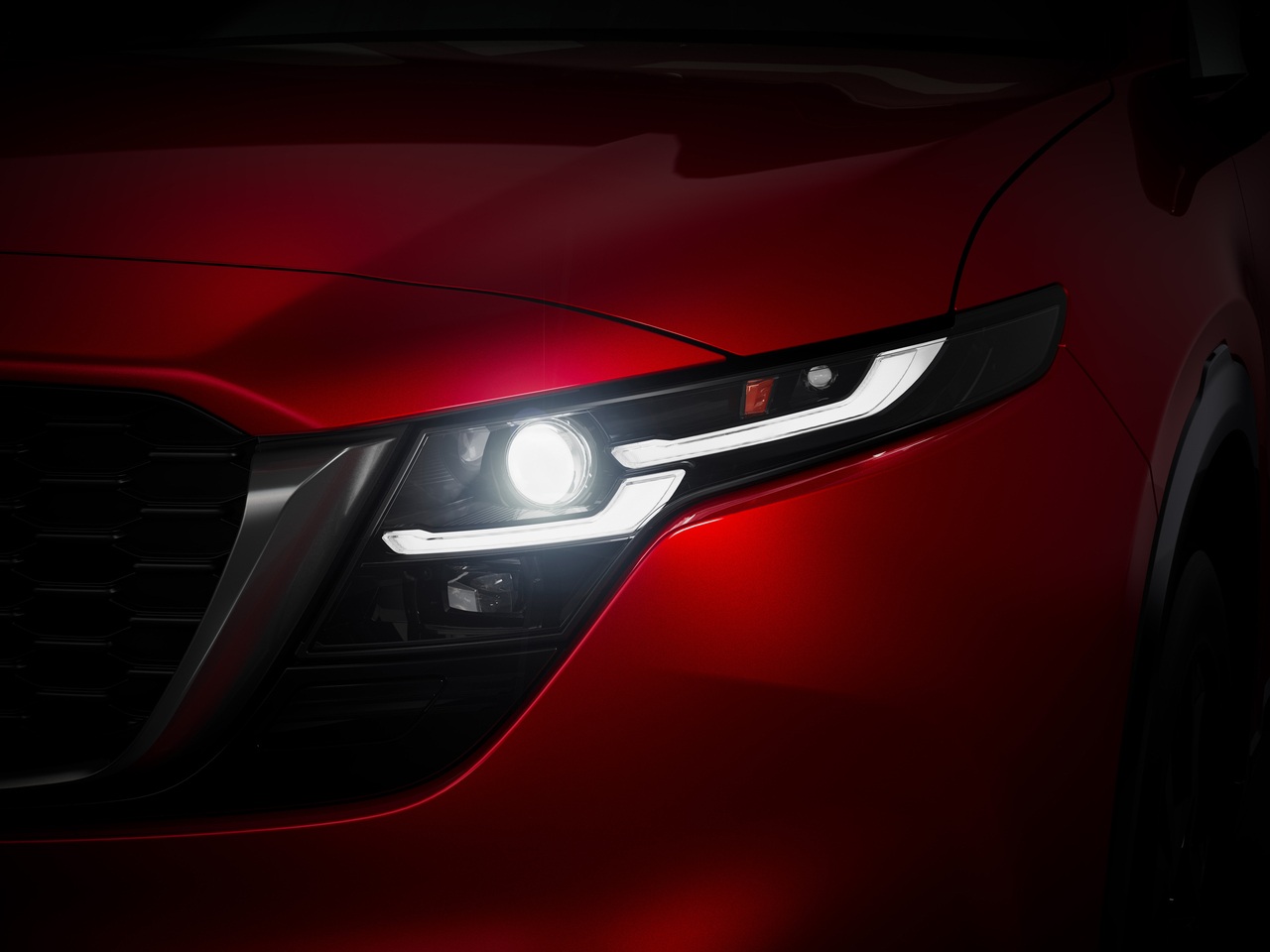

CX-5 and CX-50: Overlap or Opportunity?
Both the CX-5 and CX-50 compete in the compact SUV segment, raising questions about product redundancy. The CX-50, introduced in 2022, is a more rugged, adventure-oriented vehicle with wider dimensions and off-road capability. The CX-5, by contrast, has long appealed to urban drivers and families who prioritize comfort and on-road performance.
According to a Car and Driver report, Mazda plans to continue offering both models side by side. The automaker sees the CX-5 and CX-50 as complementary offerings that expand customer choice. This dual-model strategy enables Mazda to serve distinct market segments without forcing a singular design philosophy.
Mazda’s approach reflects a broader trend in the industry toward market segmentation and tailored offerings. It shows confidence that buyers will differentiate between the upscale, road-focused CX-5 and the rugged, utility-driven CX-50. Still, some skepticism remains about whether the two models can truly coexist without sales cannibalization, especially in regions where consumer perceptions may blur the distinction between them.
One possible explanation lies in manufacturing strategy. The CX-5 is produced in Japan, whereas the CX-50 is built in Alabama. With ongoing tariff uncertainties surrounding imported vehicles from Asia, Mazda may be hesitant to reintroduce a Japan-built model into a market where a similar SUV is already manufactured domestically. This could present financial and logistical risks if international trade conditions shift unfavorably.
Mazda has not outlined detailed launch plans for the U.S. market, but based on information available on the Mazda USA Newsroom website, the U.S. is expected to be part of the broader global rollout in 2026. Still, the lack of local production plans for the CX-5 suggests that flexibility may be central to Mazda’s global strategy moving forward, particularly in navigating trade dynamics and regional manufacturing constraints.

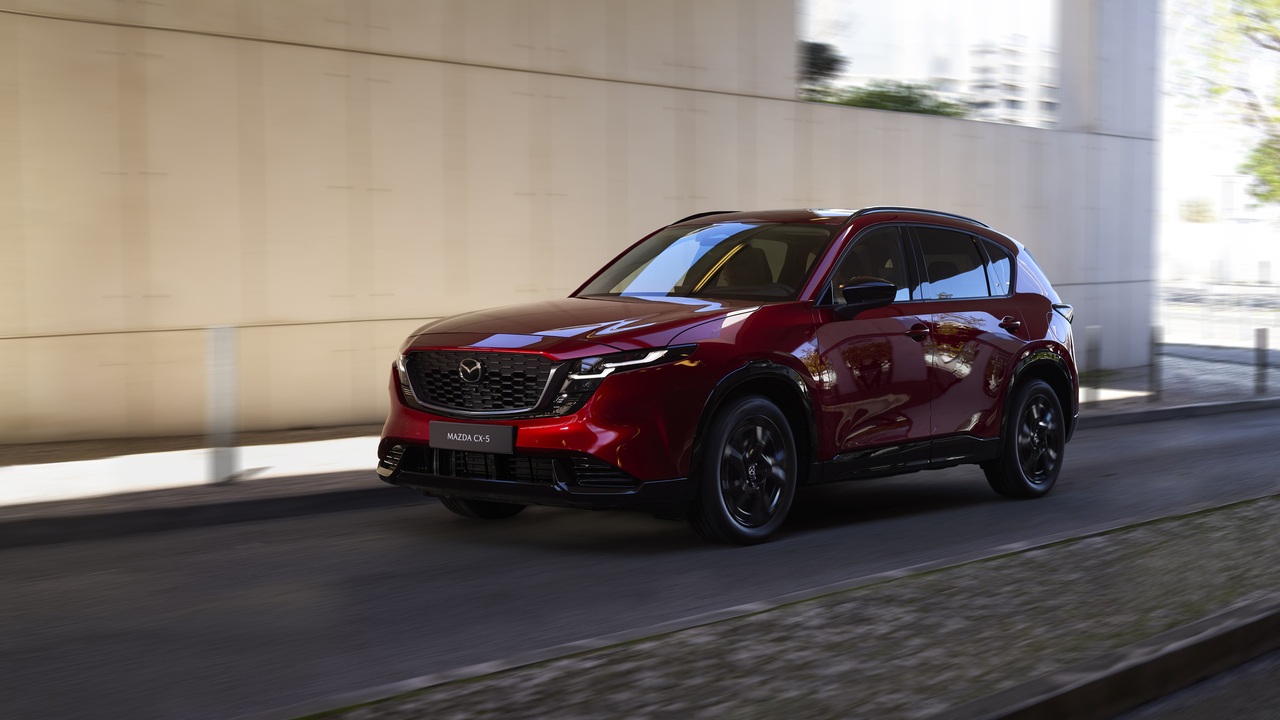
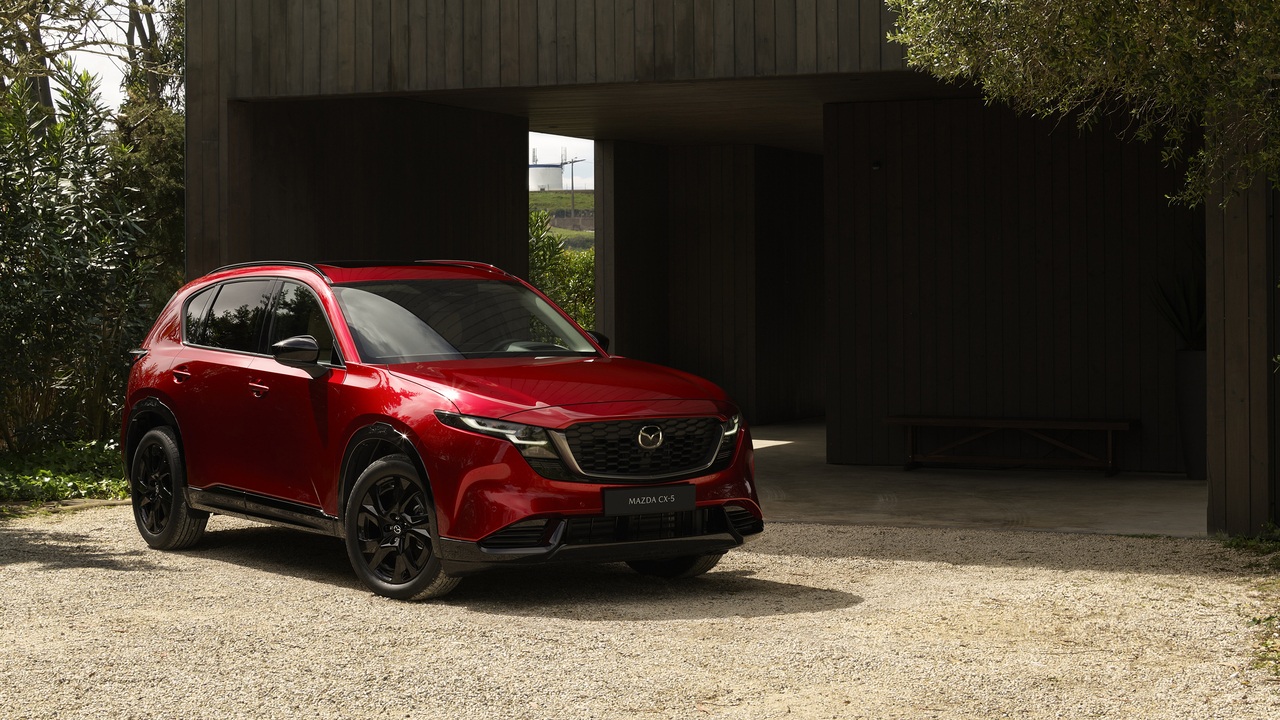
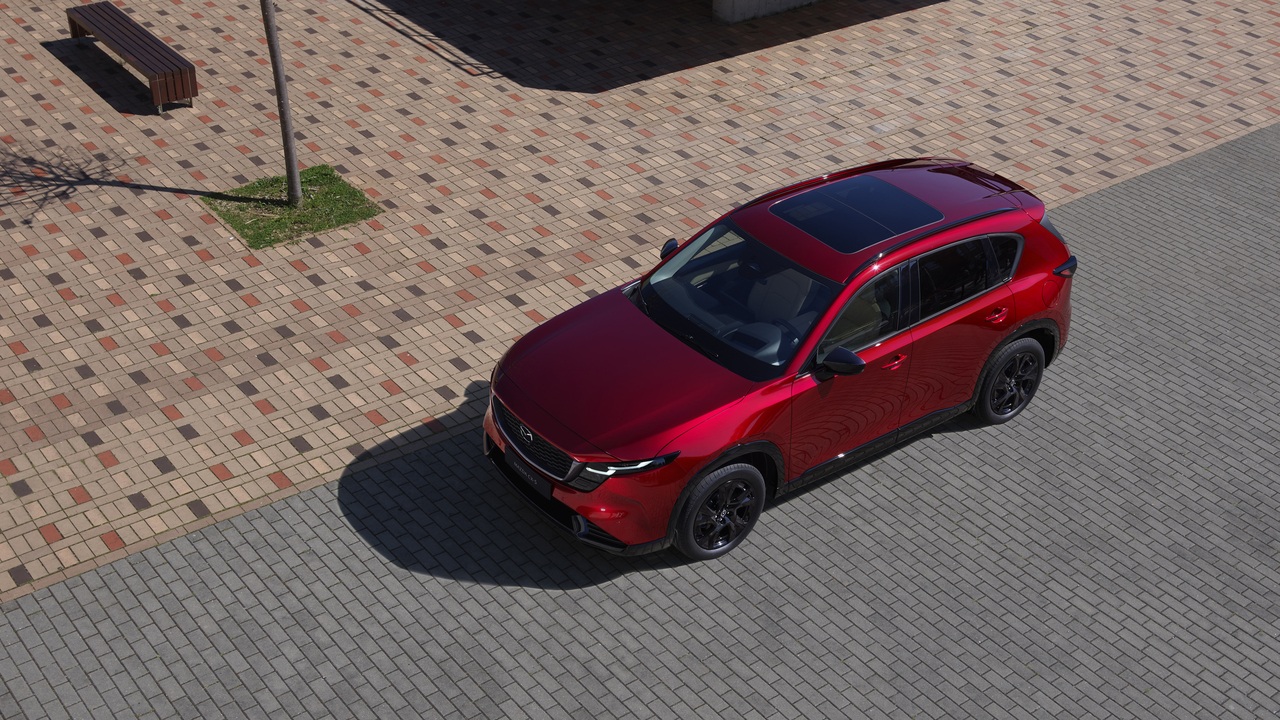
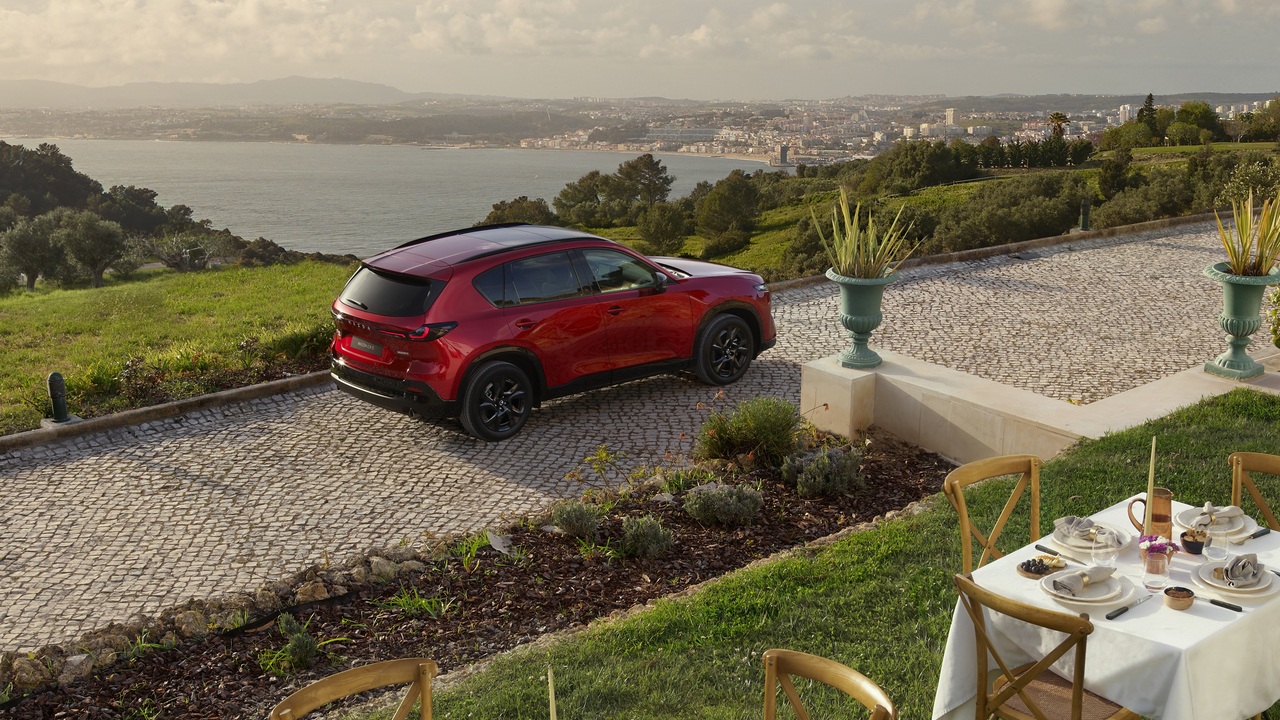
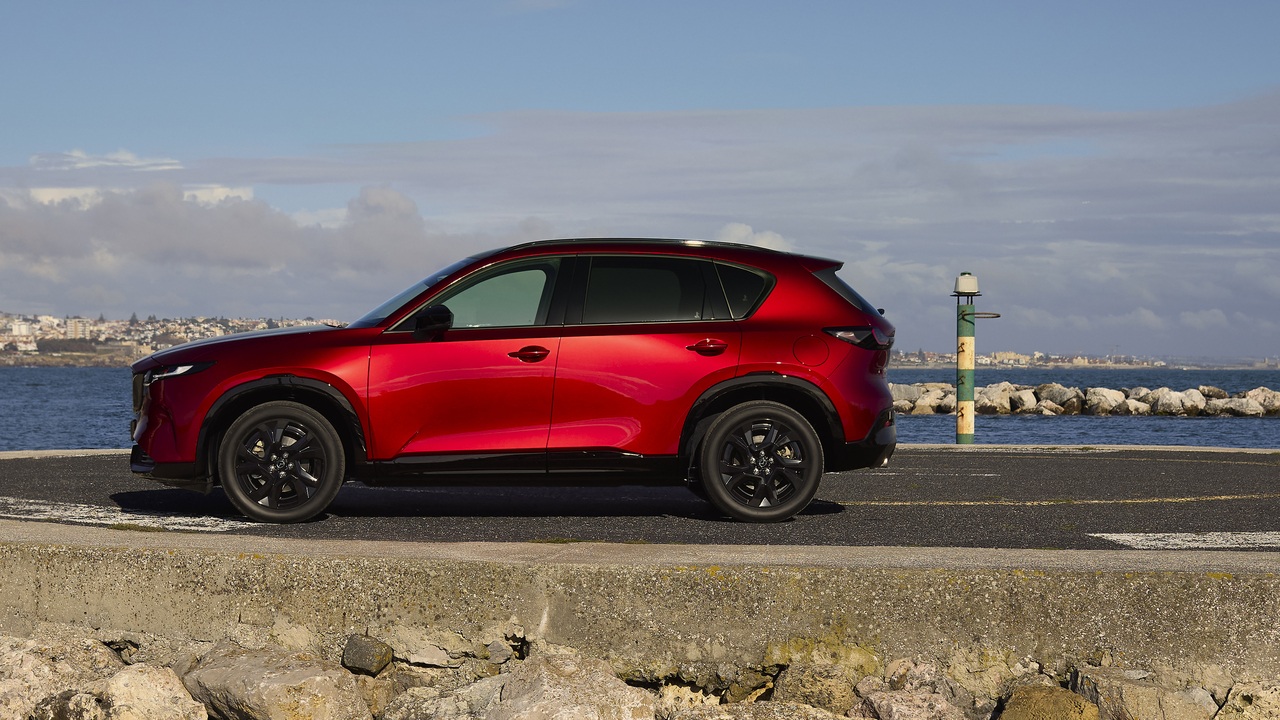
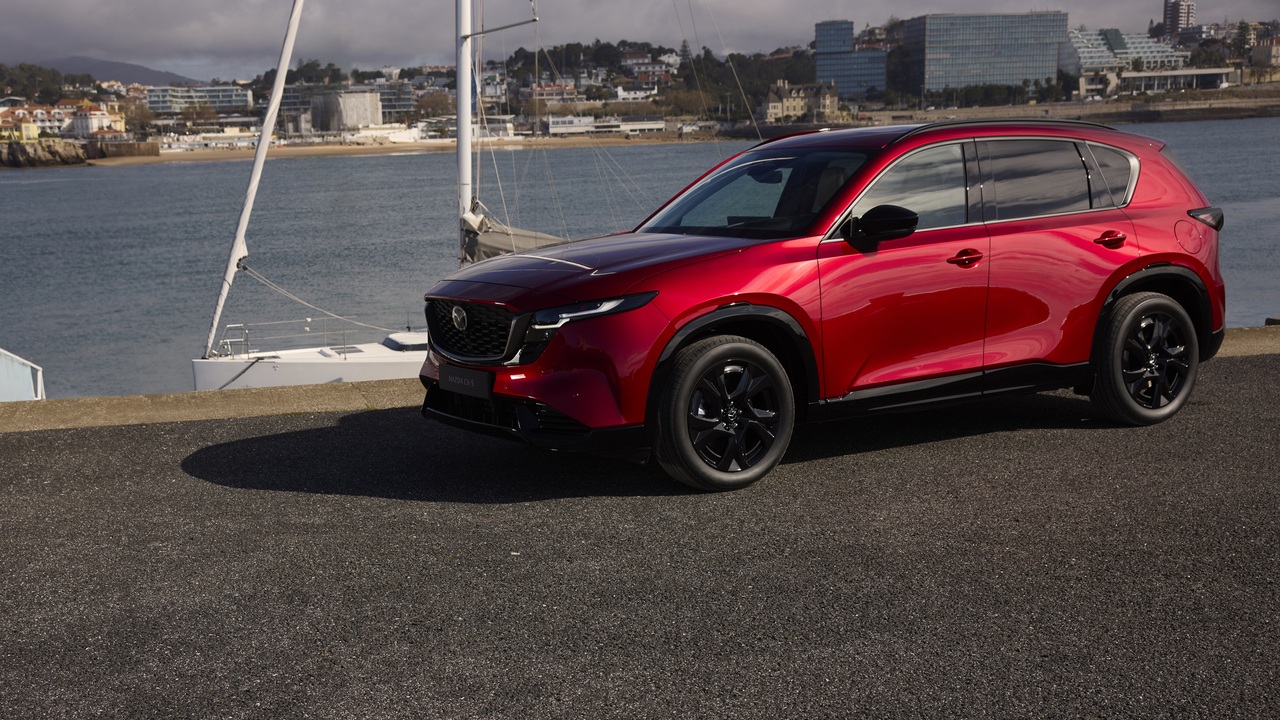
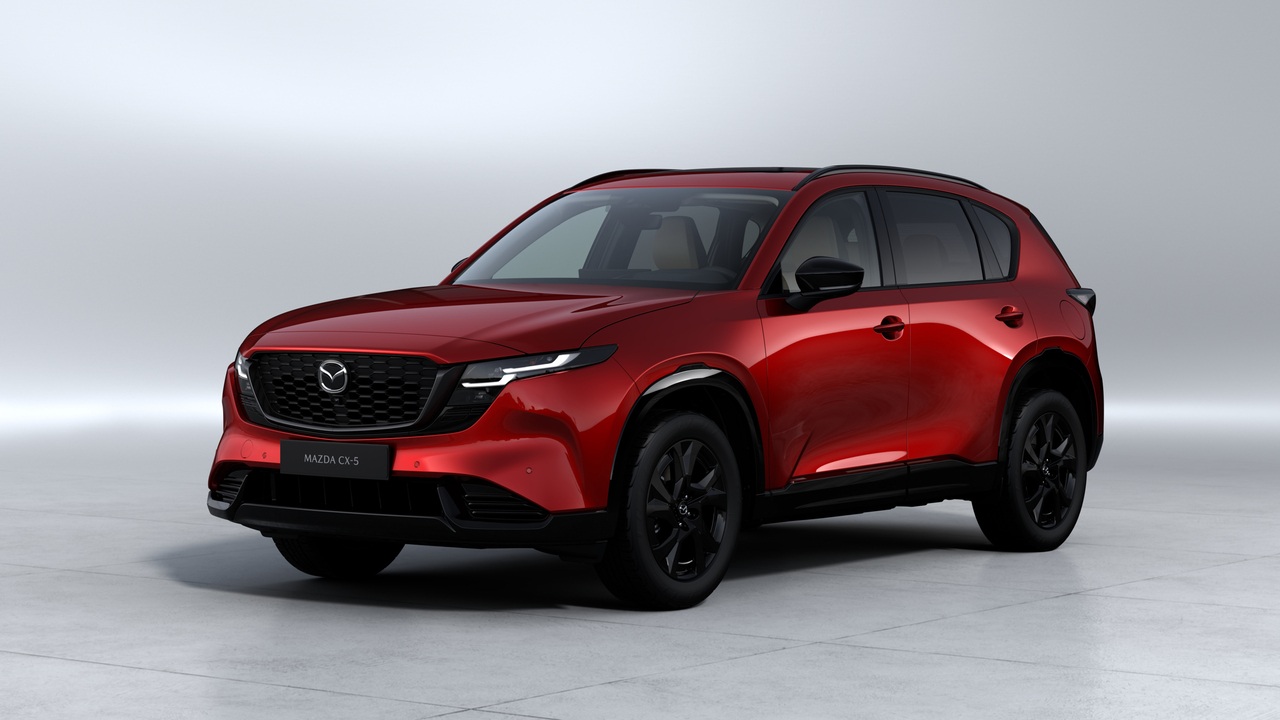
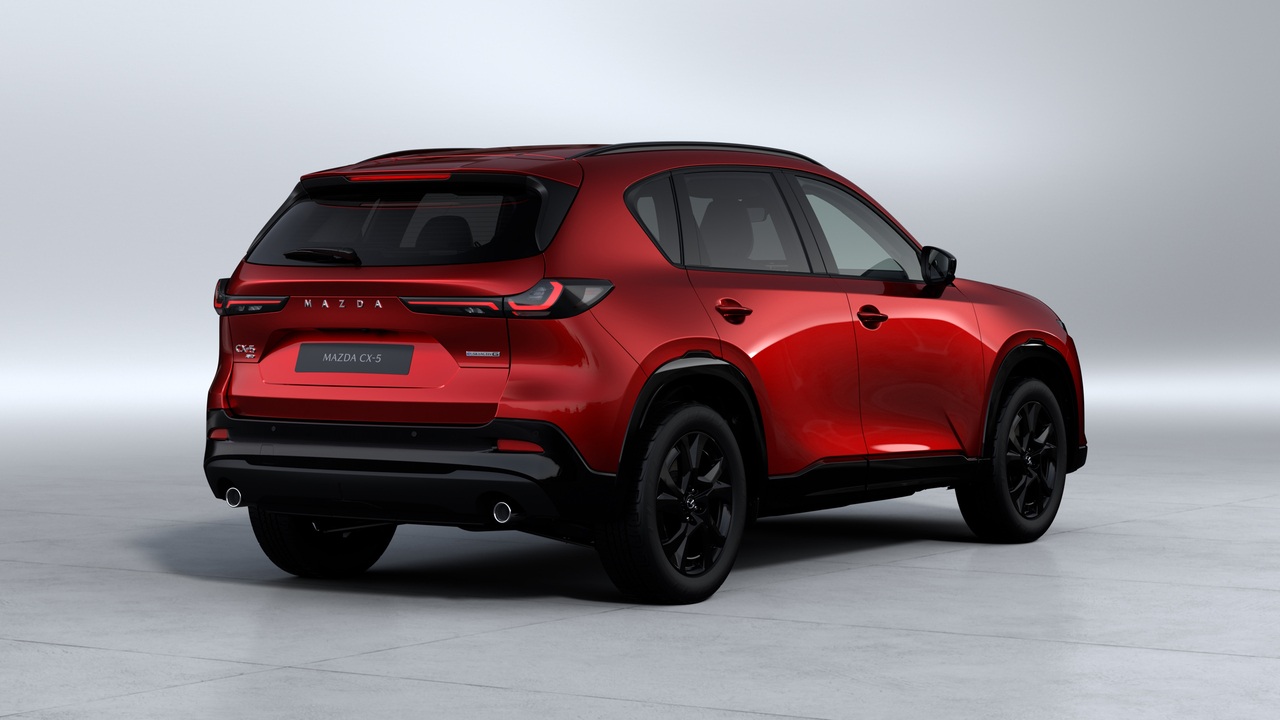
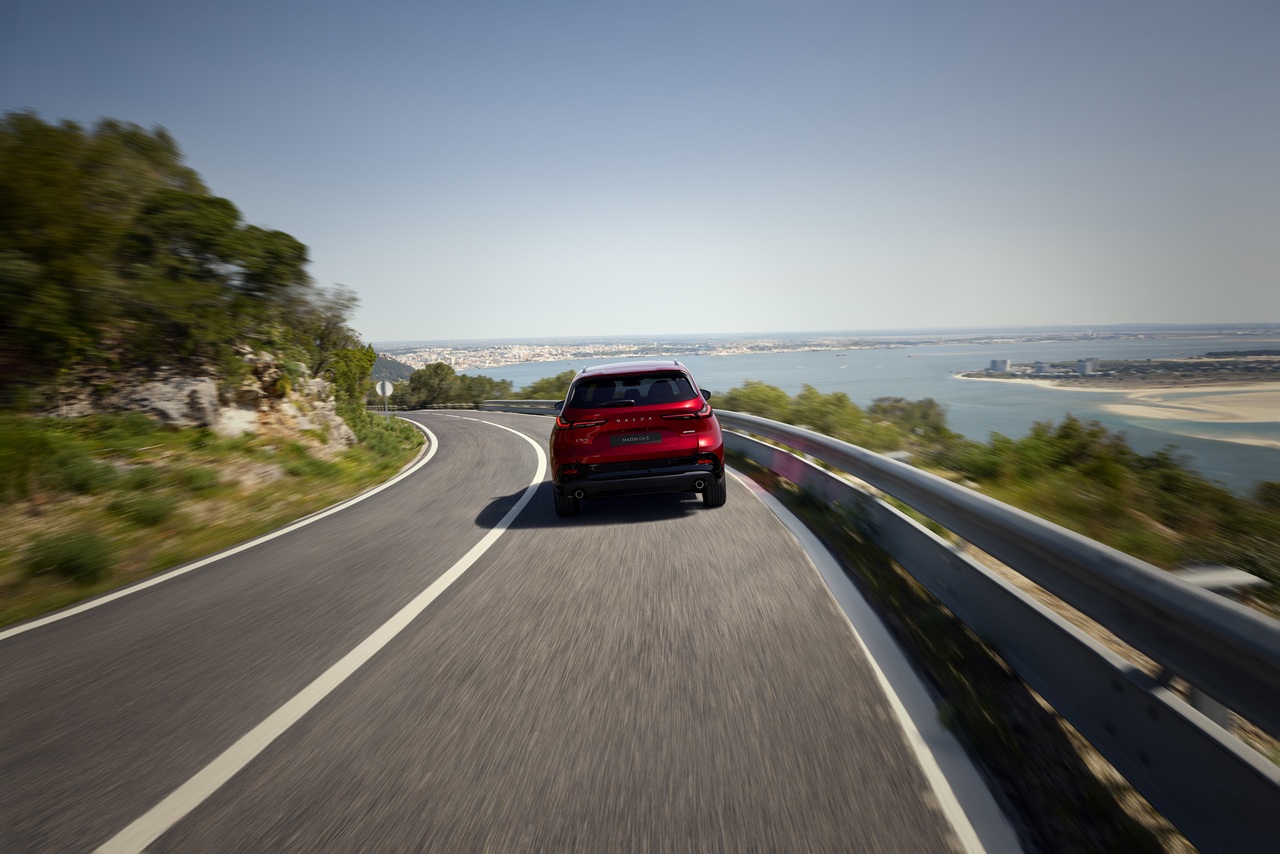
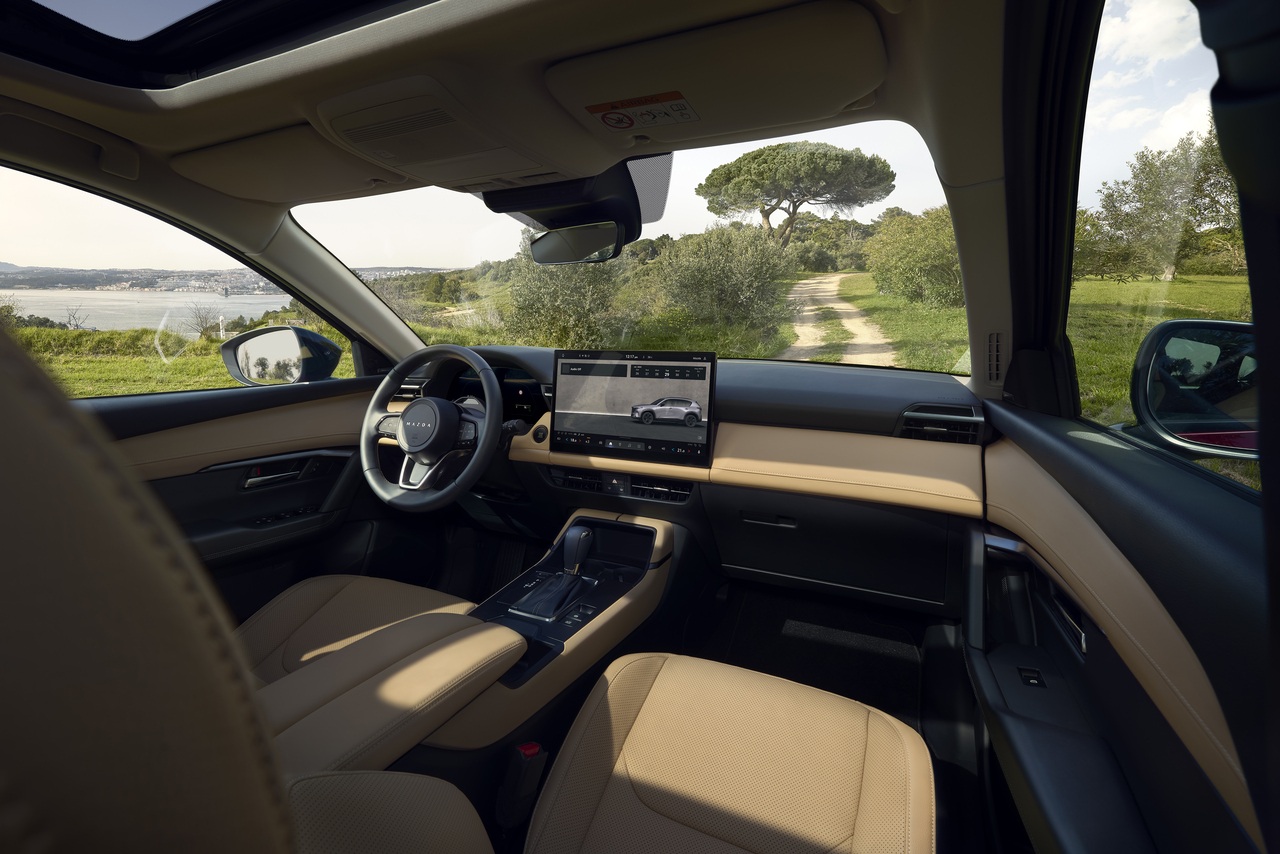
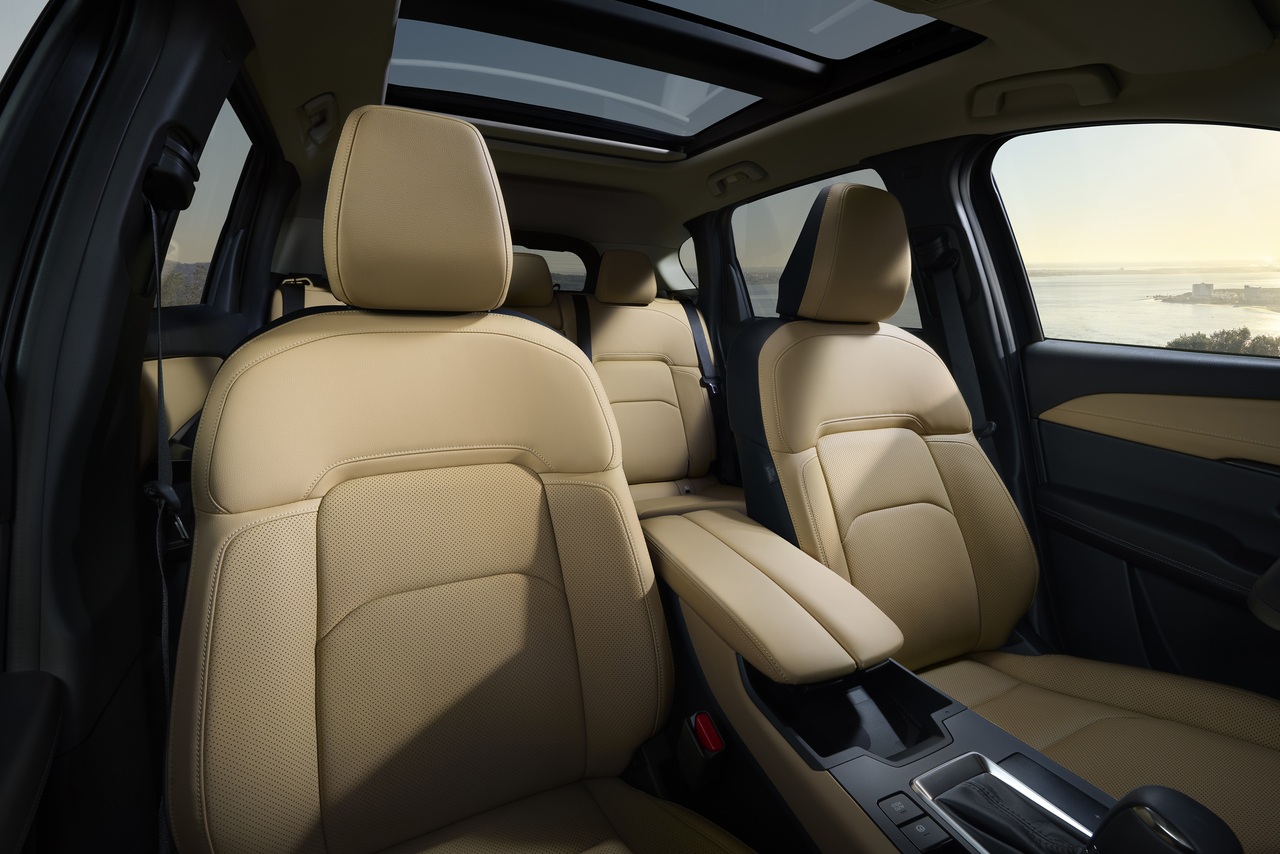
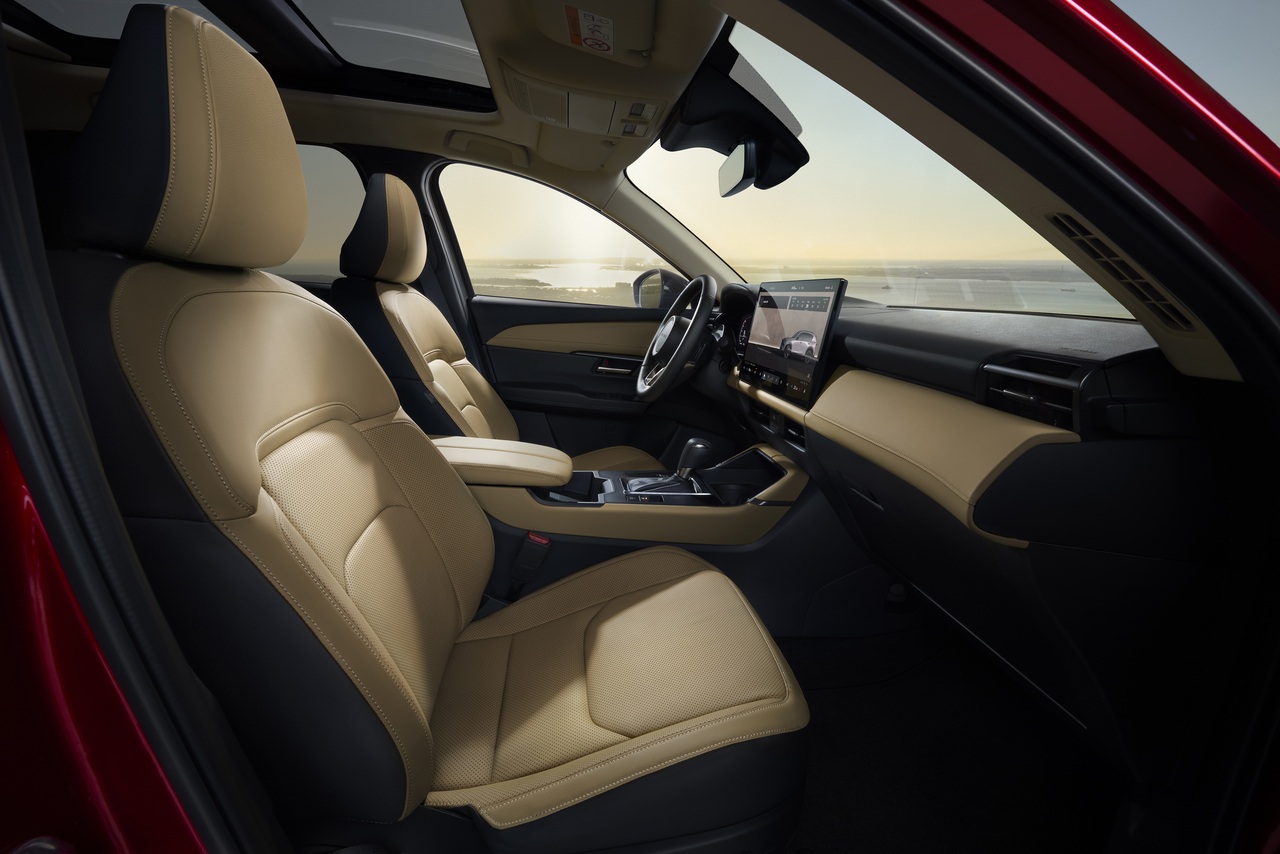
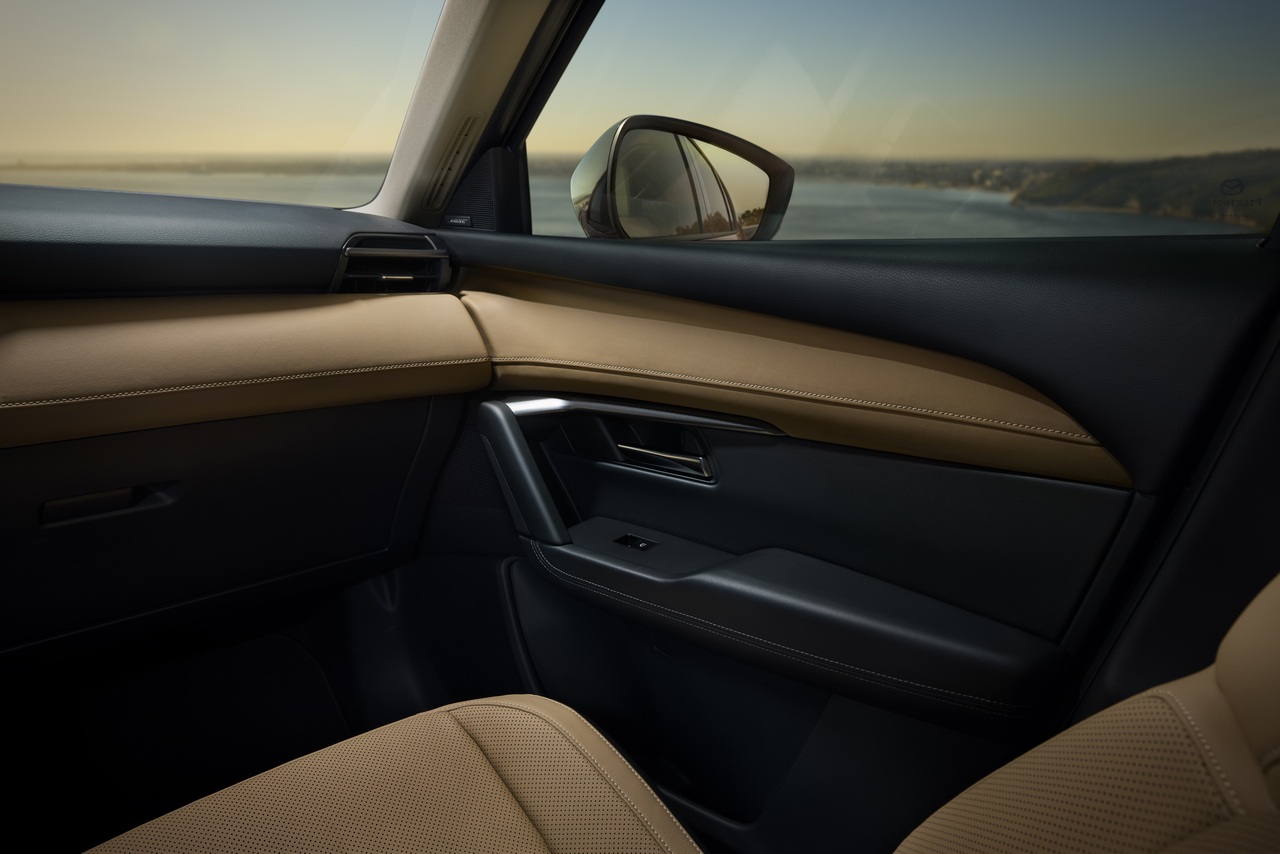
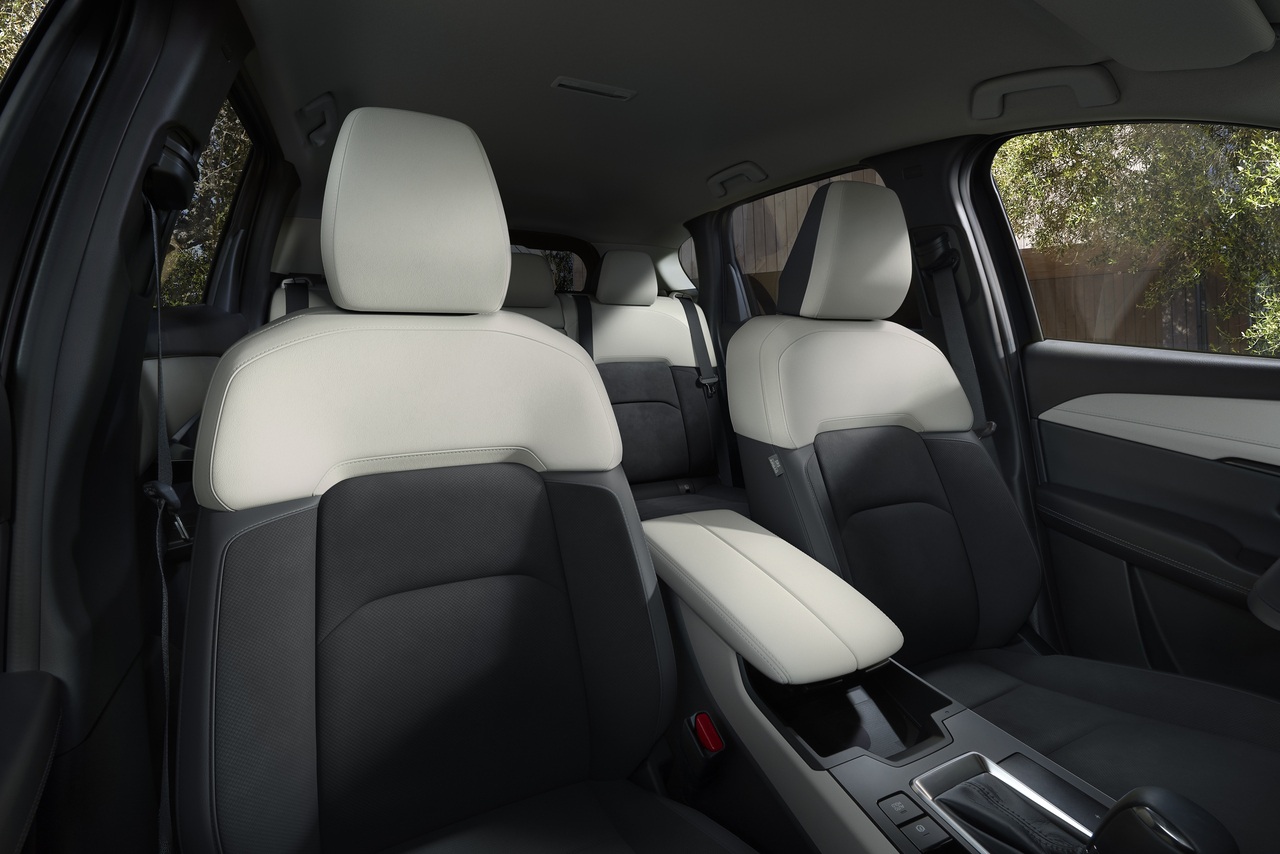
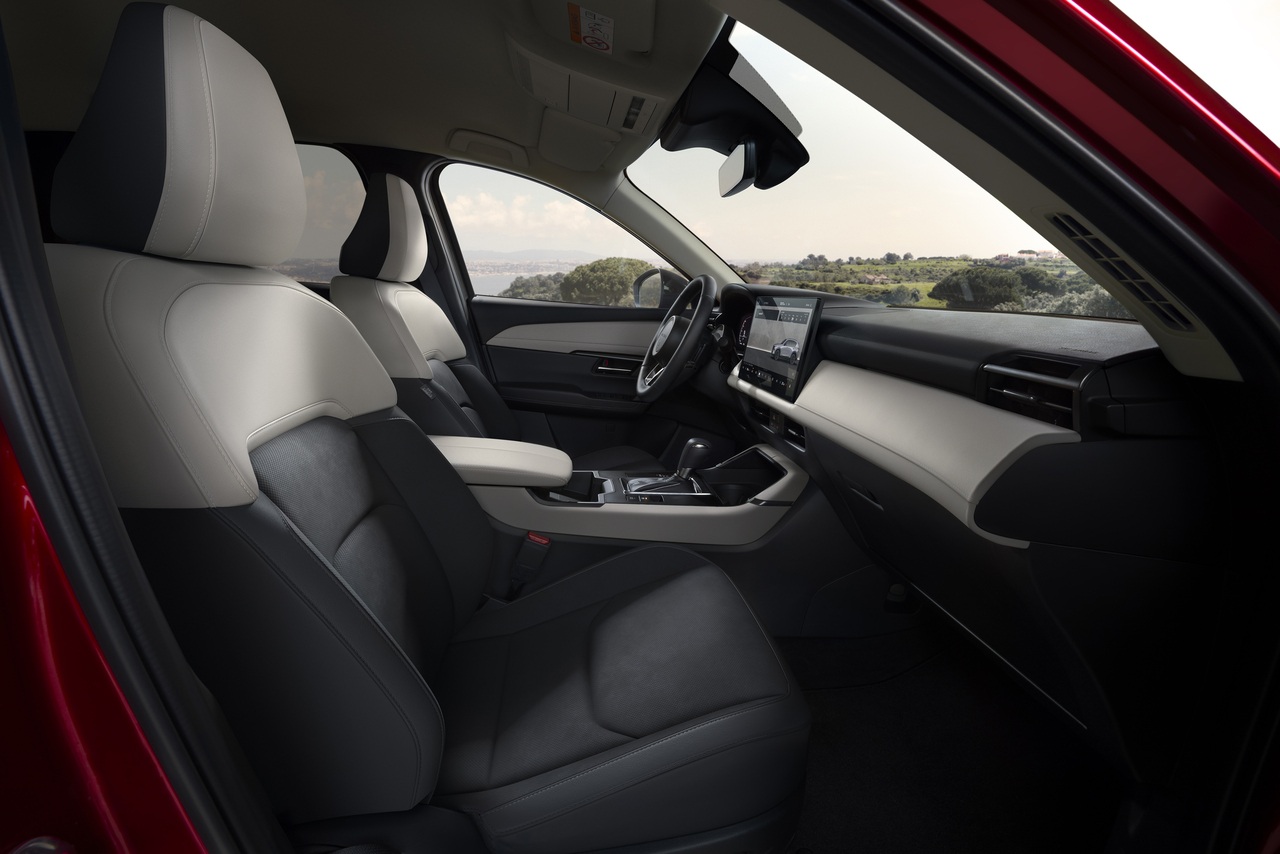
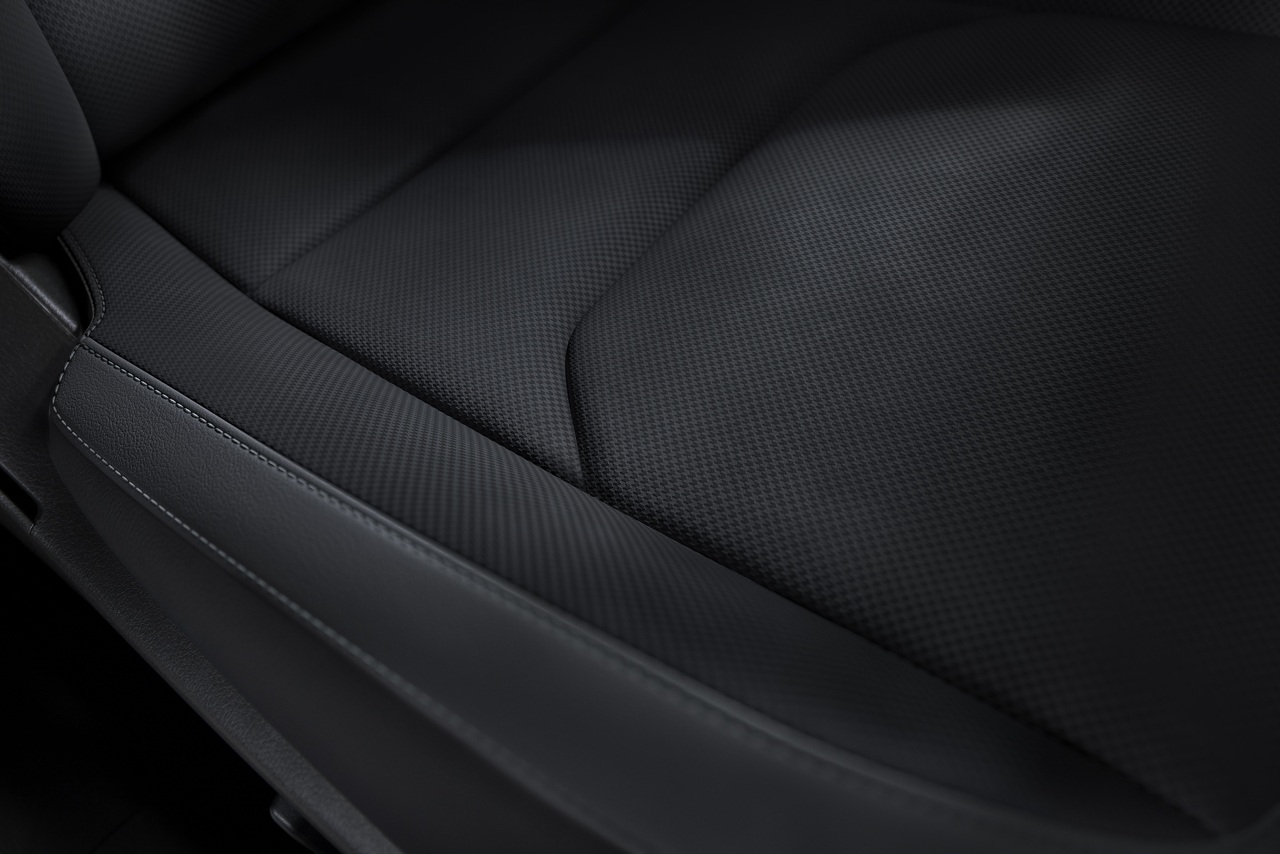

Copy link to clipboard